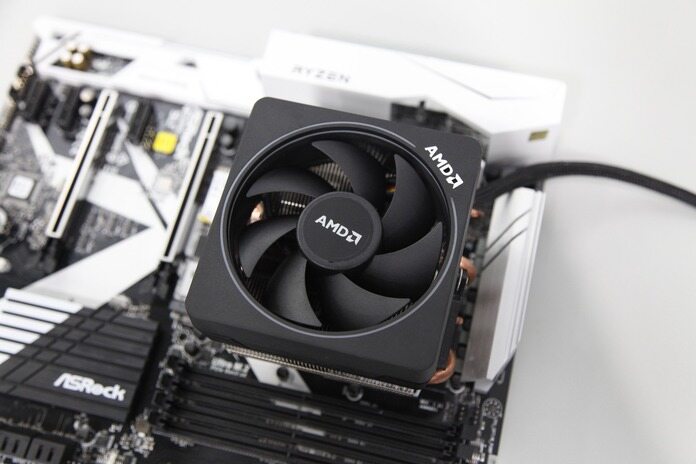The semiconductor industry has seen a remarkable year in 2023, with the VanEck Semiconductor ETF (SMH) soaring 58%. However, individual chip stocks have displayed diverse performance trends. While giants like Intel (NASDAQ:INTC), Taiwan Semiconductor (NYSE:TSM), and Micron Technology (NASDAQ:MU) achieved decent gains of 35% – 42%, they still lag behind SMH and the broader Nasdaq QQQ Invesco ETF (QQQ), which has surged by 44%. On the other end of the spectrum, Nvidia (NASDAQ:NVDA) has led the pack with an impressive 219% year-to-date (YTD) growth, becoming the first semiconductor company to reach a $1 trillion market cap.
Another standout in the semiconductor domain is Advanced Micro Devices (NASDAQ:AMD), which has experienced a staggering 74% increase in its stock value since the beginning of the year, surpassing the performance of QQQ, SMH, and many of its chip counterparts.
Factors Behind AMD’s Performance
AMD’s first-quarter results were encouraging, beating analysts’ expectations despite experiencing year-over-year revenue and EPS declines. The market, however, reacted negatively to a softer-than-expected sales forecast for the second quarter, causing AMD’s stock to drop by more than 9%.
Declining revenues in the PC market have been a major contributing factor to AMD’s struggles. The Client business, responsible for PC chip sales, witnessed a significant 65.2% drop in net revenues from the previous year. Furthermore, a global slowdown in gaming demand affected the company’s crucial Gaming segment, resulting in a 6.3% revenue decline.
Despite completing a significant acquisition of Xilinx in 2022 to bolster its data center business, AMD has yet to see substantial growth in this division, leading to concerns about the company’s overall financial health. Rising debt and declining cash flow further add to the challenges the company is facing.
Strategic Moves and Potential Tailwinds
AMD’s decision to outsource all of its production to Taiwan Semiconductor has been a game-changing move, helping the company double its market share in the PC CPU market over the past seven years. This strategic partnership has enabled AMD to focus more on-chip designing and, in April 2023, they announced plans to utilize TSM’s 3nm process for their upcoming processors. This move aims to produce more efficient and powerful processors, potentially expanding AMD’s market share even further.
Furthermore, the company is investing approximately $400 million over the next five years in India to establish its largest R&D center in Bengaluru, enhancing its presence in the chip design space.
AMD is also exploring opportunities in the AI market to rival Nvidia. While speculations regarding partnerships with Microsoft for AI chips persist, AMD’s ambitions in this space could lead to promising growth prospects.
Valuation and Analyst Opinions
Despite its impressive YTD performance, AMD appears relatively expensive compared to its peers in terms of forward price/earnings (P/E) ratios, price/sales (P/S) ratios, and price/cash flow ratios.
Analysts, however, remain bullish on AMD’s future. Out of 28 analysts covering the stock, 20 rates it as a “Strong Buy,” 1 as a “Moderate Buy,” and 7 as a “Hold,” with a mean target price indicating a potential 22% upside from current levels.
Conclusion
While AMD’s remarkable stock performance in 2023 is undeniable, some caution is needed due to factors like declining revenues, a slowdown in the PC market, rising debt, and a relatively high valuation compared to peers. Despite these challenges, AMD’s strategic moves and expanding market share in the PC CPU business provide hope for the future. Additionally, potential growth opportunities in the AI space could further boost the company’s prospects. Investors are advised to approach AMD cautiously, consider strategic buying during dips, and maintain patience as the company’s diverse offerings and established presence across CPUs, AI, and gaming may lead to sustained growth.
Featured Image: Unsplash















